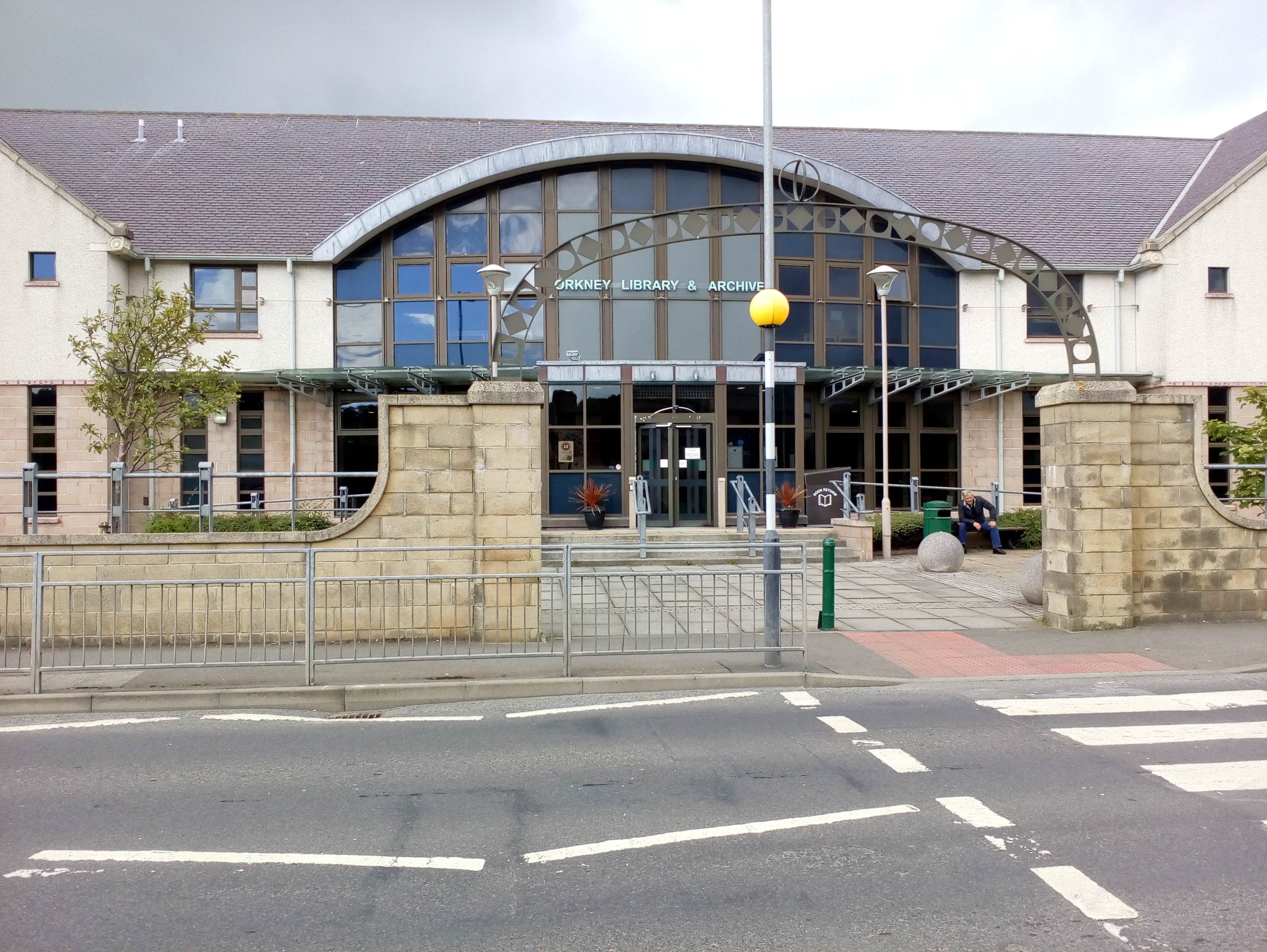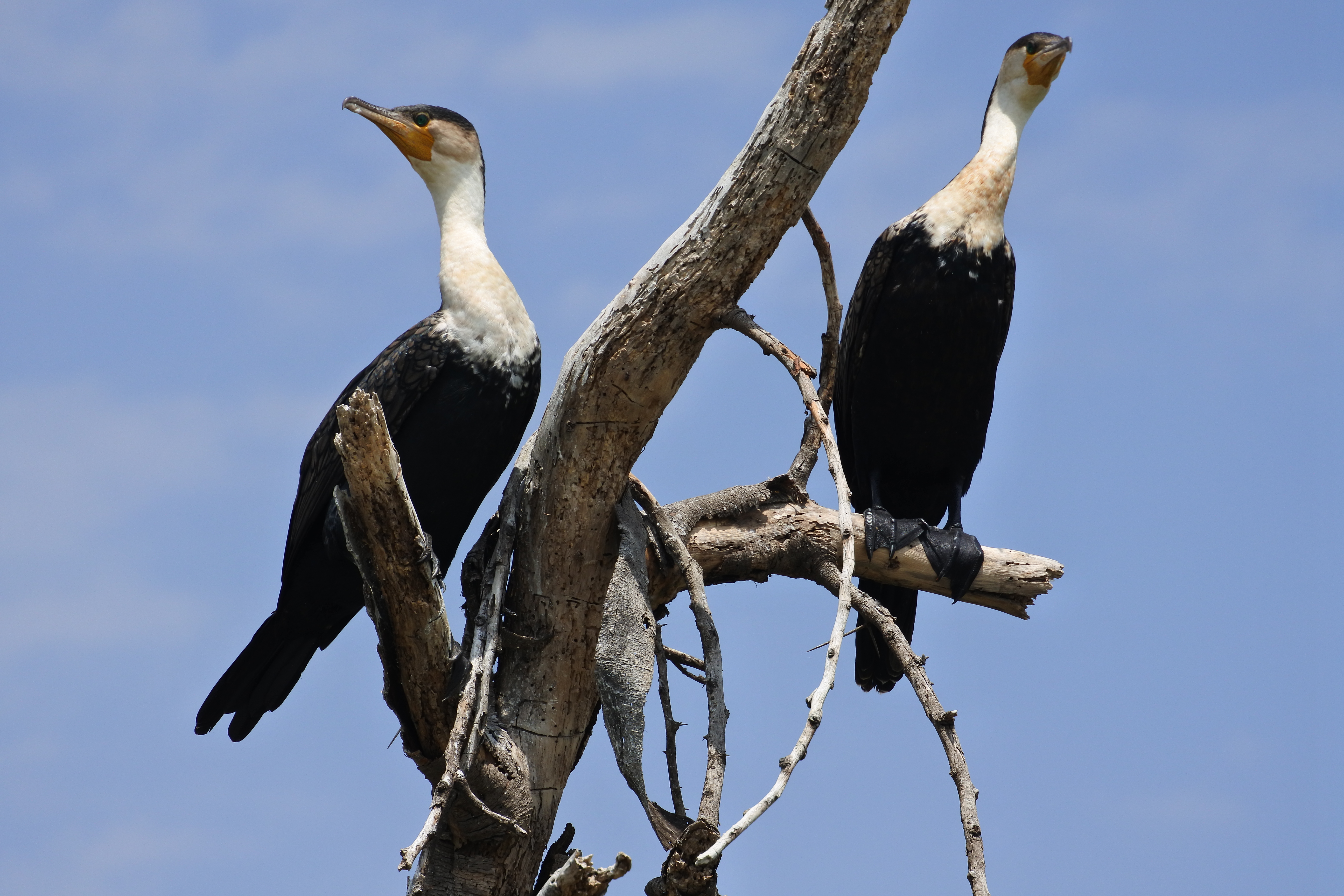|
Thieves Holm
Thieves Holm is a small island in Orkney, Scotland. Geography and geology Thieves Holm is due north of Mainland, Orkney at the mouth of Kirkwall Kirkwall (, , or ; ) is the largest town in Orkney, an archipelago to the north of mainland Scotland. First mentioned in the ''Orkneyinga saga'', it is today the location of the headquarters of the Orkney Islands Council and a transport hub wi ... Bay, between the Mainland and the isle of Shapinsay. It is at the west end of the strait between Mainland and Shapinsay, known as the String. It is south west of the tidal island of Helliar Holm.Haswell-Smith, Hamish. (2004) ''The Scottish Islands''. Edinburgh. Canongate. The name is said to derive from the practice of banishing thieves and witches there. The island is uninhabited and home to a variety of wildlife including cormorants, kittiwakes and seals. [...More Info...] [...Related Items...] OR: [Wikipedia] [Google] [Baidu] |
Mainland Orkney
The Mainland, also known as Pomona, is the main island of Orkney, Scotland. Both of Orkney's burghs, Kirkwall and Stromness, lie on the island, which is also the heart of Orkney's ferry and air connections. Seventy-five per cent of Orkney's population live on the island, which is more densely populated than the other islands of the archipelago. The lengthy history of the island's occupation has provided numerous important archaeological sites and the sandstone bedrock provides a platform for fertile farmland. There is an abundance of wildlife, especially seabirds. Etymology The name Mainland is a corruption of the Old Norse . Formerly the island was also known as meaning 'horse island'. The island is sometimes referred to as '' Pomona'' (or ''Pomonia''), a name that stems from a 16th-century mis-translation by George Buchanan.Buchanan, George (1582''Rerum Scoticarum Historia: The First Book''The University of California, Irvine. Revised 8 March 2003. Retrieved 4 October 2007. T ... [...More Info...] [...Related Items...] OR: [Wikipedia] [Google] [Baidu] |
Orkney
Orkney (), also known as the Orkney Islands, is an archipelago off the north coast of mainland Scotland. The plural name the Orkneys is also sometimes used, but locals now consider it outdated. Part of the Northern Isles along with Shetland, Orkney is 10 miles (16 km) north of Caithness and has about 70 islands, of which 20 are inhabited.Haswell-Smith (2004) pp. 336–403. The largest island, the Mainland, Orkney, Mainland, has an area of , making it the List of islands of Scotland, sixth-largest Scottish island and the List of islands of the British Isles, tenth-largest island in the British Isles. Orkney's largest settlement, and also its administrative centre, is Kirkwall. Orkney is one of the 32 Subdivisions of Scotland, council areas of Scotland, as well as a Orkney (Scottish Parliament constituency), constituency of the Scottish Parliament, a Lieutenancy areas of Scotland, lieutenancy area, and an counties of Scotland, historic county. The local council is Orkney I ... [...More Info...] [...Related Items...] OR: [Wikipedia] [Google] [Baidu] |
Mainland, Orkney
The Mainland, also known as Pomona, is the main island of Orkney, Scotland. Both of Orkney's burghs, Kirkwall and Stromness, lie on the island, which is also the heart of Orkney's ferry and air connections. Seventy-five per cent of Orkney's population live on the island, which is more densely populated than the other islands of the archipelago. The lengthy history of the island's occupation has provided numerous important archaeological sites and the sandstone bedrock provides a platform for fertile farmland. There is an abundance of wildlife, especially seabirds. Etymology The name Mainland is a Language change, corruption of the Old Norse . Formerly the island was also known as meaning 'horse island'. The island is sometimes referred to as ''Pomona (mythology), Pomona'' (or ''Pomonia''), a name that stems from a 16th-century mis-translation by George Buchanan.Buchanan, George (1582''Rerum Scoticarum Historia: The First Book''The University of California, Irvine. Revised 8 Marc ... [...More Info...] [...Related Items...] OR: [Wikipedia] [Google] [Baidu] |
Kirkwall
Kirkwall (, , or ; ) is the largest town in Orkney, an archipelago to the north of mainland Scotland. First mentioned in the ''Orkneyinga saga'', it is today the location of the headquarters of the Orkney Islands Council and a transport hub with ferries to many locations. It is the centre of the St Magnus Festival, St Magnus International Festival and is also a popular stopping off point for cruise ships. St Magnus Cathedral stands at the heart of the town. Etymology The name Kirkwall comes from the Old Norse, Norse name meaning "church bay", the settlement having been established by the Norsemen in the 11th century. As late as 1525 the name is recorded as Kirkevaag. This became in time "Kirkwaa" and then eventually Kirkwall - but how the second syllable came to be spelled "wall" is not certain. MacBain quotes F. W. L. Thomas: "How, I ask, could ''vágr'' come to be represented by wall? Whence came the ''ll''? Was it that Scottish immigrants finding the sound of ''vá'' repre ... [...More Info...] [...Related Items...] OR: [Wikipedia] [Google] [Baidu] |
Shapinsay
Shapinsay (, ) is one of the Orkney Islands off the north coast of mainland Scotland. With an area of , it is the eighth largest island in the Orkney archipelago. It is low-lying and, with a bedrock formed from Old Red Sandstone overlain by boulder clay, fertile, causing most of the area to be used for farming. Shapinsay has two nature reserves and is notable for its bird life. Balfour Castle, built in the Scottish Baronial style, is one of the island's most prominent features, a reminder of the Balfour family's domination of Shapinsay during the 18th and 19th centuries; the Balfours transformed life on the island by introducing new agricultural techniques. Other landmarks include a standing stone, an Iron Age broch, a souterrain and a salt-water shower. There is one village on the island, Balfour, from which roll-on/roll-off car ferries sail to Kirkwall on the Orkney Mainland. At the 2011 census, Shapinsay had a population of 307. The economy of the island is primarily ba ... [...More Info...] [...Related Items...] OR: [Wikipedia] [Google] [Baidu] |
Tidal Island
A tidal island is a raised area of land within a waterbody, which is connected to the larger mainland by a natural isthmus or man-made causeway that is exposed at low tide and submerged at high tide, causing the land to switch between being a promontory/peninsula and an island depending on tidal conditions. Because of the mystique surrounding tidal islands, many of them have been sites of religious worship, such as Mont-Saint-Michel with its Benedictine abbey. Tidal islands are also commonly the sites of fortresses because of the natural barrier created by the tidal channel. List of tidal islands Asia Hong Kong * Ma Shi Chau in Tai Po District, northeastern New Territories, within the Tolo Harbour *Kiu Tau Island in Sai Kung Iran * Naaz islands in the Persian Gulf, southern seashore of Qeshm island Japan * Enoshima, in Sagami Bay, Kanagawa Prefecture Taiwan * Kueibishan in Penghu * Jiangong Islet in Kinmen South Korea * Jindo Island and Modo Island in southwes ... [...More Info...] [...Related Items...] OR: [Wikipedia] [Google] [Baidu] |
Helliar Holm
Helliar Holm is an uninhabited island off the coast of Shapinsay in the Orkney Islands, Scotland. It is home to a lighthouse, which was built in 1893 and automated in 1967. It is a tidal island that used to be connected to Shapinsay. It is still possible to walk across from the mainland during very low tides The island also has the ruins of a broch, cairn and chapel.Haswell-Smith, Hamish. (2004) ''The Scottish Islands''. Edinburgh. Canongate. In the ''Orkneyinga Saga'' it is referred to as both "Hellisey" and "Eller Holm" Anderson, Joseph (Ed.) (1893) ''Orkneyinga Saga''. Translated by Jón A. Hjaltalin & Gilbert Goudie. Edinburgh. James Thin and Mercat Press (1990 reprint). and John of Fordun John of Fordun (before 1360 – c. 1384) was a Scottish chronicler. It is generally stated that he was born at Fordoun, Mearns. It is certain that he was a secular priest, and that he composed his history in the latter part of the 14th ... refers to it as "Helene-holm" Gall ... [...More Info...] [...Related Items...] OR: [Wikipedia] [Google] [Baidu] |
Great Cormorant
The great cormorant (''Phalacrocorax carbo''), also known as just cormorant in Britain, as black shag or kawau in New Zealand, formerly also known as the great black cormorant across the Northern Hemisphere, the black cormorant in Australia, and the large cormorant in India, is a widespread member of the cormorant family of seabirds. It breeds in much of the Old World, Australasia, and the Atlantic coast of North America. Taxonomy The great cormorant was formally described in 1758 by the Swedish naturalist Carl Linnaeus in the tenth edition of his ''Systema Naturae'' under the binomial name ''Pelecanus carbo''. Linnaeus specified the type location as "Europe", but this was restricted to the "rock-nesting form of the north Atlantic Ocean" by the German ornithologist Ernst Hartert in 1920. The great cormorant is now one of 12 species placed in the genus '' Phalacrocorax'' that was introduced in 1760 by the French zoologist Mathurin Jacques Brisson. The genus name is Latinised Anc ... [...More Info...] [...Related Items...] OR: [Wikipedia] [Google] [Baidu] |





